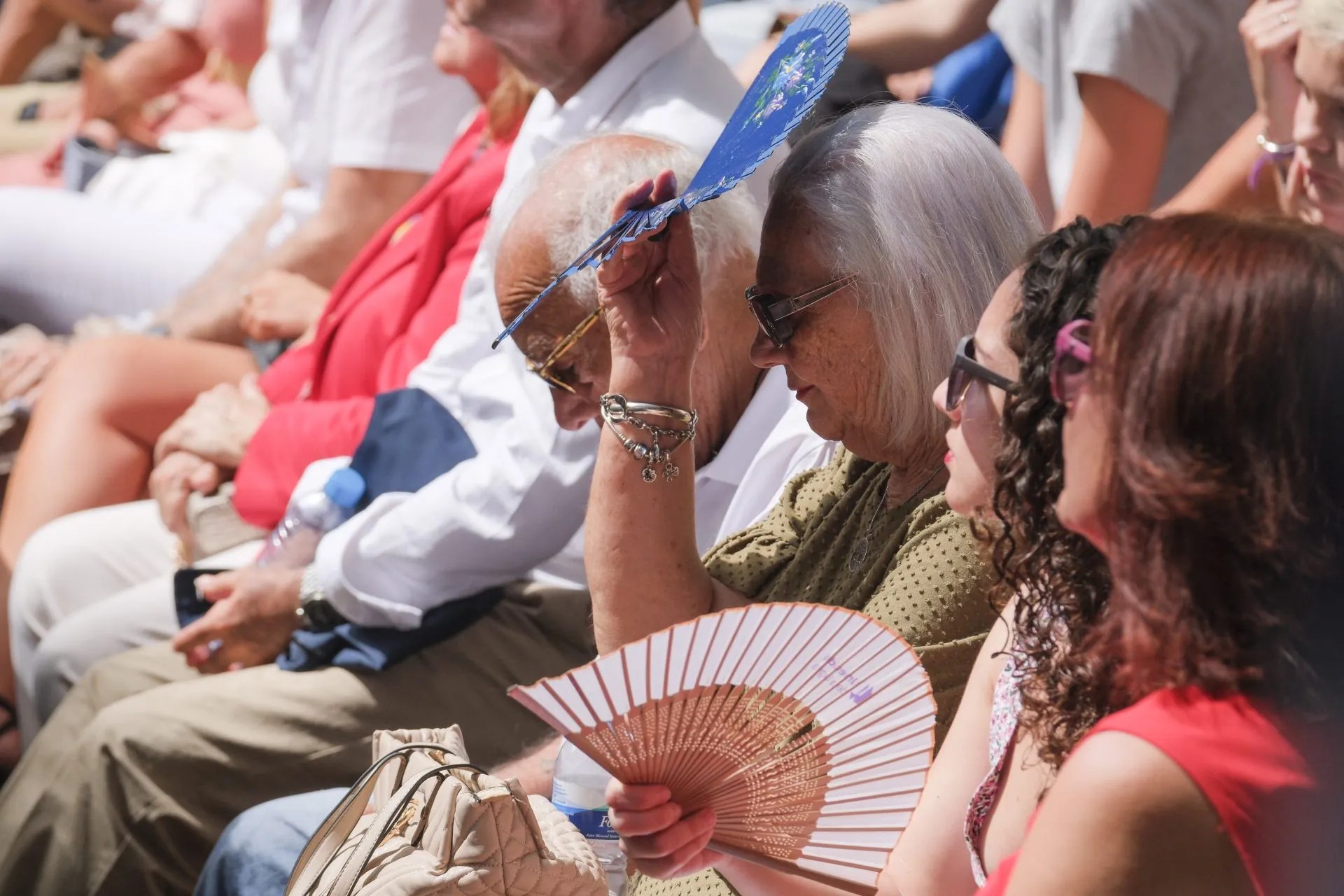
SANTA CRUZ DE TENERIFE, 30 Apr. (EUROPE PRESS) –
The president of the Canary Islands, Ángel Víctor Torres, has announced that this Monday or Tuesday the unemployment data for the month of April will be known and announced that the Islands will drop below 200,000 unemployed, thus becoming one of the autonomous communities that creates the most employment .
Speaking to the media during a visit to the municipality of Puerto de la Cruz, Ángel Víctor Torres highlighted that, according to the latest data from the Active Population Survey (EPA), the Canary Islands have created 120,000 jobs in one year, double than the Community of Madrid, so the Islands have an “attractive” job market.
The Canarian president has also highlighted that the Government has been able to carry out the Royal Decree of measures against the impact of the war, which will allow these aids to also reach the Canary Islands, and believes that 2022 will be “the year of the comeback” .
Regarding the request for a reduction in fiscal pressure that businessmen are raising, Torres indicated that a general reduction in taxes “is not supported by anyone” who sees that we are facing a temporary crisis due to non-monetary inflation, and assured that this would not mean a price drop, but quite the opposite.
The president pointed out that what needs to be done, as proposed by the International Monetary Fund (IMF), is to implement direct aid as the Canarian Executive is already doing, for example, for carriers, ranchers or farmers. “That is the way we have to respond to this crisis caused by inflation and aggravated by war,” he added.
VISIT TO PUERTO DE LA CRUZ.
Torres visited the municipality of Puerto de la Cruz together with its mayor, Marco González; the Minister of Agriculture, Livestock and Fisheries, Alicia Vanoostende; the Minister of Ecological Transition, Fight against Climate Change and Territorial Planning, José Antonio Valbuena, and various councilors of the Corporation.
The president highlighted the qualities of the La Orotava Acclimatization Garden (known as the Puerto de la Cruz Botanical Garden), “a benchmark and a jewel” of plant biodiversity managed by the Canarian Institute of Agricultural Research (ICIA), a scientific entity attached to to the Ministry of Agriculture.
The Chief Executive was able to check in situ the improvements made in terms of accessibility in that enclosure, as well as take a tour of the building that will be dedicated to the Visitors’ Center. A project has been designed for this infrastructure with the aim of promoting the dissemination of historical and scientific content in a space of 2,500 square meters.
This plan, drawn up by the public company Tragsatec and with a budget of 2.9 million, will be presented in the coming days. The launch of the Visitor Center aims to enhance the natural and cultural resources of the area and promote the development of a more sustainable tourism model, the one that relies more on the creation of experiences, among other functions. The president describes these facilities as “magnificent” and hopes that the visitor and interpretation center will be put into operation shortly.
During the tour of the Botanical Garden, the second oldest in Spain, Torres learned first-hand about the work of preserving endemic, autochthonous plant species with origins in so many parts of the world, to which the Garden’s seed bank joined , designed for the long-term conservation of crops and species of scientific interest.
Given the strategic importance of conserving the agricultural and natural legacy of the Canary Islands, it is planned to expand this bank of plant material with the construction of an annex building, in order to house the Plant Genetic Resources Center of the Government of the Canary Islands and at a cost approximately 2.5 million euros.
After that first stop, the regional president went to the city’s municipal market, where he inquired about the improvements made to that facility for the benefit of traditional trade, in the hands of small and medium-sized local businesses. As he stressed to the media, “it is a market to take note of and transfer your experience to other municipalities in the Canary Islands, as it is very well organized, it works, it is modern, very clean and with a very well-organized outdoor flea market, so only congratulations on the part of the Government are possible”.
Later, he arrived at the nearby neighborhood of Punta Brava, where the president, along with the rest of those attending this visit, verified the defining characteristics of the project that is intended to be implemented on the urban coastline of Puerto de la Cruz, an early warning system designed to obtain short-term forecasts (in 72-hour windows) of coastal flooding events at a local scale. It is about facilitating the prevention and eviction of people, goods and activities of the community that could be affected in the case of violent rises in the sea.
According to Torres, this project is financed with European funds and also responds to the priority that its Executive gives to sustainability and the fight against climate change, of which he highlighted, once again, the Climate Change Law that enters the next week in a presentation at the regional Parliament.
Early warning systems are tools that provide short-term prediction of coastal flooding events with hourly resolution and a local scale. It is a reliable and automated procedure that can be transferred to any coastal area, combining numerical and statistical techniques. This action is co-financed with the European Life programme. Now it is beginning to be done in Puerto de la Cruz, with this implantation, which is already being applied successfully in the urban coast of Garachico.
















